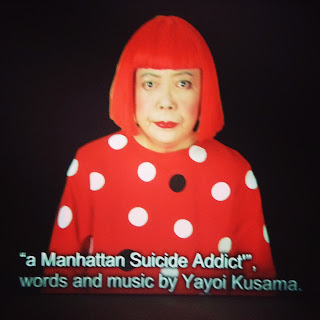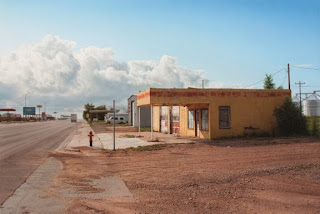What is a Kuksi churchtank? The caterpillar tracks and
the hull are two basic components of a military tank, and they are present,
but, in place of a full turret (which is normally transported by the hull)
Kuksi has placed a church edifice.
Indeed, the edifice of the church sports the main gun of the tank, which
seems to emanate from a central narthex door of the church.
{{{click on images to enlarge}}}
What does a Kuksi churchtank mean?
One interpretation could be that the hull and gun
represent our aggressive, animal nature: what Schopenhauer called our Wille zum
Leben (a will to live and compete). The
church edifice might then represent our higher nature, a “spiritual” nature,
which can either temper or release the aggression beneath it. The main gun or cannon seems to be at the
crux of this vehicle – the one element shared by the hull and
church-turret. One could say we are all
little church tanks treading our way through the world each day.
However, thinking more geopolitically, a big implication
of the church tank is that, in the real world, the forces of spirituality
rarely temper the more aggressive churchtank features. Kuksi, himself, explains that he created the
churchtank series because he felt that the church seemed more interested in
stifling other beliefs, religions and cultures than in promoting the core
values of the Christian religion as preached by their putative founder.
The USA is, furthermore, 80% Christian. We have recently engaged in two wars against
Muslim countries. George Bush called
himself a Methodist and a born-again Christian whose alcoholism could only be
tempered by the miraculous love of Jesus.
He also liked using the word “crusade.” Kuksi seems to ask to what
extent the Christian religion guides our foreign policy on a conscious or
unconscious level. As David Halberstam
pointed out, the guys who started and messed up the Vietnam War were all
dyed-in-the-wool White Anglo Saxon Protestants who knew nothing about, nor
cared to know nothing about, Asian culture.
Kuksi asks: to what extent does the church become a
validation for the military and to what extent does the military prop up and
support the church. For instance, I
would be remiss not to point out that the current Pope had a position of some
responsibility during Argentina’s “Dirty War” and not only did not speak out
against the murder of students and dissidents, but befriended folks from the
murderous junta.
In Kris Kuksi’s work at Joshua Liner we also see what
would seem to be idealized godlike images contrasted, yet connected to, in some
manner, surrounding images of military preparedness or outright battle.
My first take on this was that the artist
might be interested in the paradox of the extent to which only terrifying
weapons and various types of military deterrence can create possibilities for
peaceful spiritual pursuit. After all,
Chairman Mao showed the people of Tibet that you cannot pursue your religious
goals unless you have an army to protect those goals.
Is Kuksi saying there can be no pacifistic spiritual
quest outside of a society that does not protect your quest with a zillion
dollar weapons industry and military complex?
According to this interpretation, the god-like beings in Kuksi’s work
are ideals of spiritual perfection and the surrounding soldiers make that
perfection possible. Yet, it could also
be that the ideals and godlike idols are the ones generating the warfare. One of Kuksi’s pieces is, after all, called
Neo-Hellenism, and possesses a central Helen-like figure around which military
conflict conflagrates.




















































